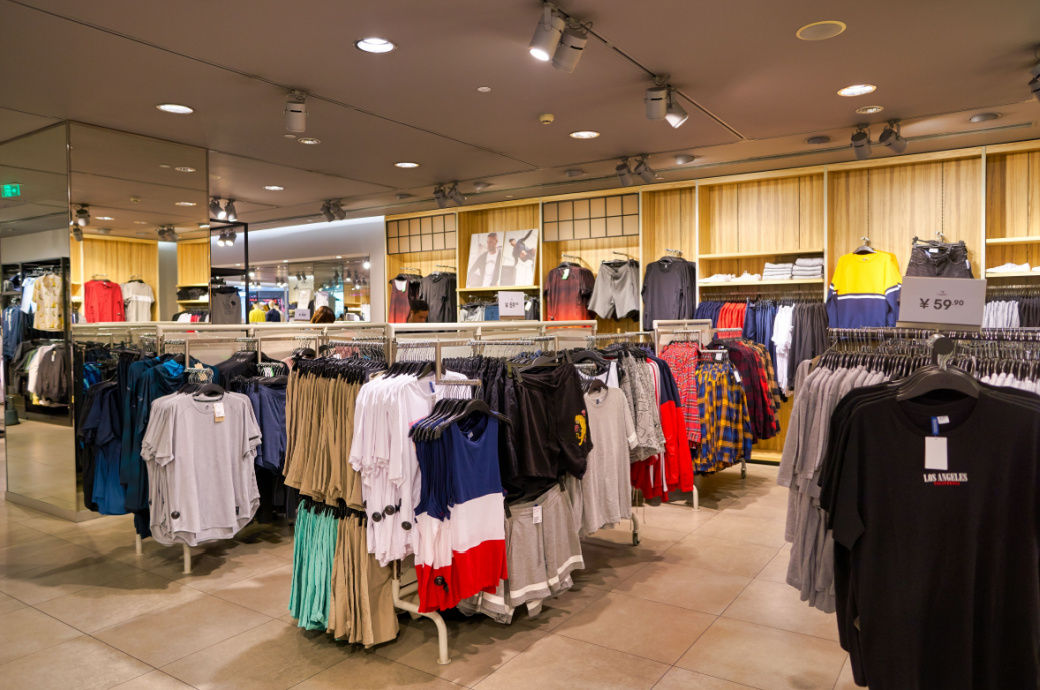
The average import cost per square-metre equivalent (SME) of cotton-dominant apparel imports in seasonally adjusted terms was $4.04 in February. While this is a decline from the recent peak of $4.32/SME in November, it is significantly higher than pre-pandemic levels, which averaged $3.36/SME in 2018 and $3.45/SM in 2019, Cotton Inc said in its Executive Cotton Update - US Macroeconomic Indicators & the Cotton Supply Chain for April 2023.
The Consumer Confidence Index increased slightly in March, remaining above the long-term average but below the post-COVID peak. After a surge in January, overall consumer spending decreased in February but remained up year-over-year. Spending on garments also decreased slightly in February but increased year-over-year.
Despite concerns of a recession, the US labour market is still adding jobs and consumer spending remains robust, with overall spending up 9.7 per cent relative to 2019 and spending on apparel up 25.7 per cent. However, inflation remains higher than the rates seen in the past decade and wage growth has not kept up. The Federal Reserve has continued to boost interest rates, contributing to recent turmoil in the banking sector, and it remains unknown what the eventual impact of higher interest rates might be. Savings rates have also decreased from record highs during the pandemic.
The U.S. economy added 236,000 jobs in March, the smallest monthly addition since December 2020, with revisions to figures for previous months mixed. The unemployment rate decreased from 3.6 per cent to 3.5 per cent between February and March, and the labor participation rate is within the range of values before the pandemic. Average hourly wage growth has been trending lower and was at 4.2 per cent in March, while the overall rate of inflation was at 6.0 per cent. Despite job growth, more workers are entering the economy, preventing the unemployment rate from falling even lower, Cotton Inc said.
ALCHEMPro News Desk (KD)
Receive daily prices and market insights straight to your inbox. Subscribe to AlchemPro Weekly!